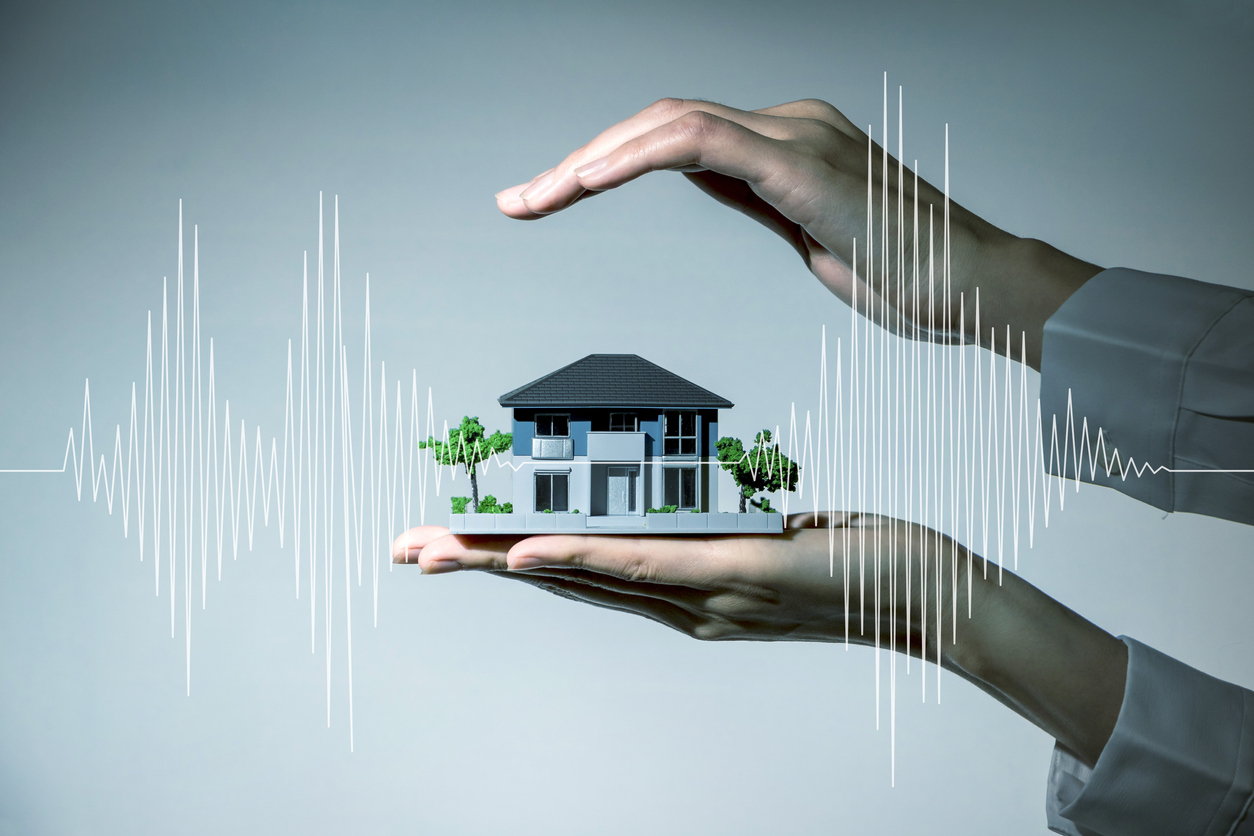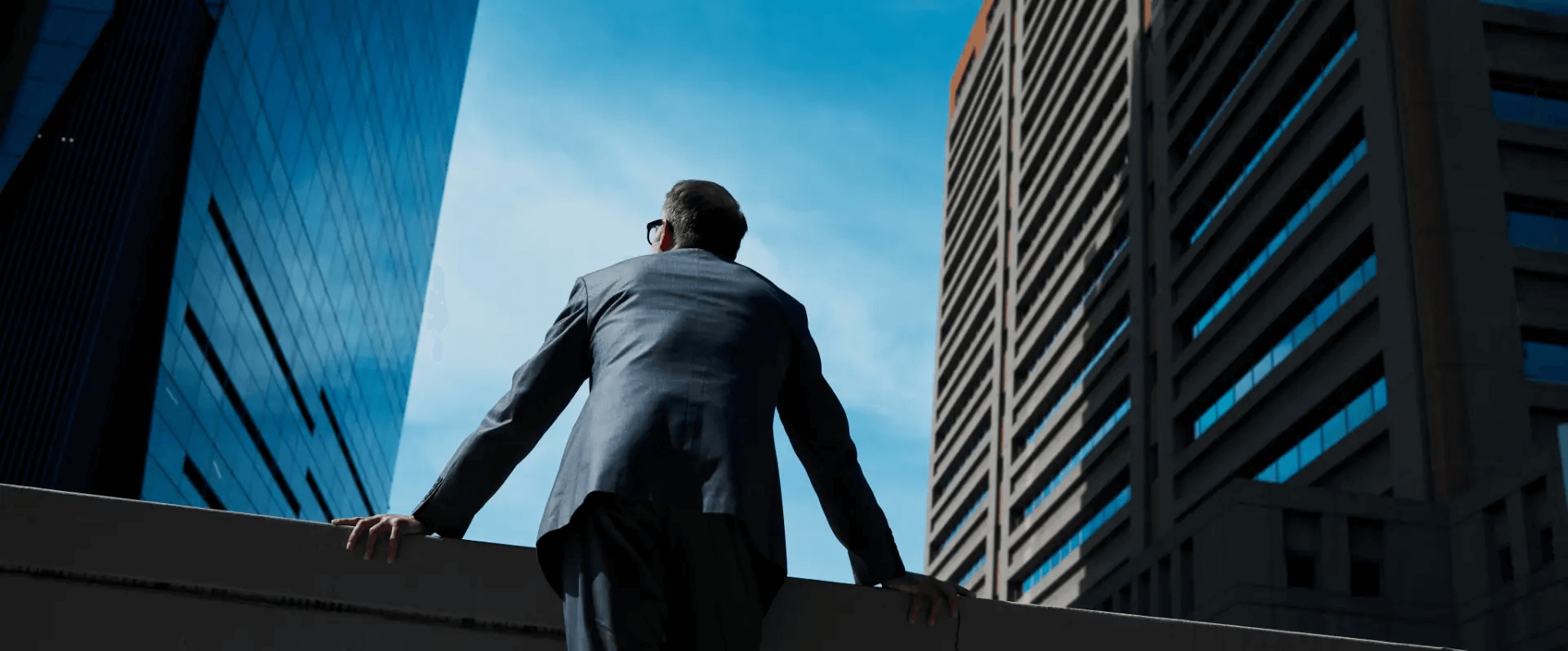How Technology is Reshaping Parametric Earthquake Insurance

Technology continues to revolutionize various aspects of the insurance industry, ranging from underwriting practices to claims processing. One area that has seen notable progress is the development and refinement of parametric insurance structures, particularly in the context of earthquake coverage.
Earthquake insurance has historically presented significant challenges. The rarity of damage-causing events and the inherent uncertainty surrounding ground shaking and building vulnerability make quantifying the risk difficult. Traditional earthquake insurance products have been both costly and difficult to obtain, with protracted claims processes exacerbating the burden on policyholders.
Parametric earthquake insurance offers a compelling solution by shifting the payout trigger from loss assessment to predefined indices, typically provided by third-party sources. This approach significantly reduces uncertainty, particularly concerning how buildings or homes respond to seismic activity. Moreover, the claims process is streamlined as the policy’s primary aim is not indemnification but rather prompt payout, often within days or weeks and sometimes even hours. Parametric insurance is often best when complementing a traditional insurance product by filling-in coverage gaps: supplementing existing limits, filling-in the deductible layer, and providing partial pay-out on a traditional policy.
The efficacy, however, of earthquake parametric insurance, like all parametric insurance, hinges on addressing the concept of basis risk—the disparity between payout and actual loss. To structure parametric earthquake insurance contracts, insurers commonly employ two approaches: the “cat in the box” and “ground shaking at location” methodologies. The US Geological Survey (USGS) and other governmental organizations provide estimates of magnitude and ground shaking after events, which serve as the trigger for the parametric earthquake insurance product. These valuable ground-shaking estimates, however, need to be considered in the context of the inherent limitations of ground sensor networks, volunteer reports, and seismic attenuation relationships. These ground shaking estimates are approximate, and the uncertainty, varying greatly by region, needs to be understood by the policyholder.
The extent of these challenges depends on policyholder need and how the parametric coverage is being used. If addressing losses at a specific asset, then basis-risk associated with uncertainty in ground-shaking at the site is important. If the parametric coverage is being used to cover losses from business interruption associated with the disruption to an entire region, then basis risk will be viewed differently than if the coverage is being used for building-specific losses. A regional trigger would be needed for regional disruption, while a building-specific trigger will be needed for building-specific losses.
In recent years, the proliferation of sensor technologies has expanded the scope and efficacy of parametric insurance, particularly in monitoring weather-related perils such as hail and floods. By capturing real-time data on the impact of natural disasters at policyholders’ locations, on-site sensors reduce reliance on model-based estimations, mitigate basis risk, and expedite claims processing, ultimately enhancing the overall effectiveness of parametric insurance solutions.
This trend is now extending to earthquake coverage, with on-site sensors offering a more granular approach to assessing catastrophe events. Earthquake damage is building-specific, as anyone who has been on the ground following a major earthquake can attest. This variability is of course partly due to variability in construction and associated vulnerability of the structure. However, a large portion of damage variability from building to building is due to localized soil effects, seismic wave directivity, and localized seismic wave propagation. Capturing the actual shaking at the site will be a greater predictor of damage to the building, thereby reducing basis-risk in the parametric insurance policy.
For more information, please view the InsTech & Safehub white paper: Corporate Earthquake Risk – The Potential for Building-Specific Risk Transfer

